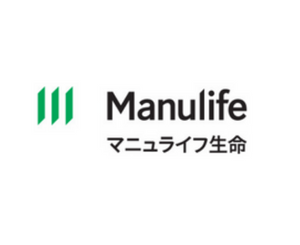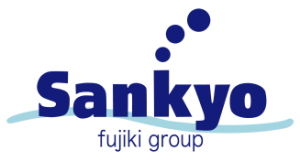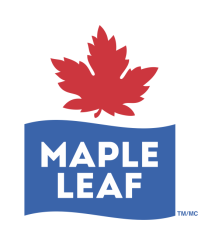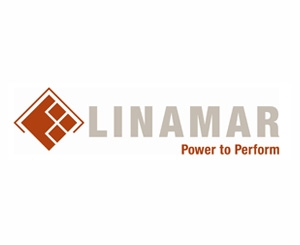The Canadian -Chamber Voices: Inaka Innovation
The Canadian - Summer 2016. Vol 16. Issue 03.
Chamber Voices - Inaka Innovation: TURN THE BEAT AROUND
By Neil Van Wouw - Helps people use location-based messaging (digital signage) to more efficiently communicate with customers, staff and communities. www.vanten.com/
NEW IDEAS IN RURAL JAPAN ARE BREATHING NEW LIFE INTO LOCAL COMMUNITIES
Famous for their traditional arts, unbelievable craftsmanship, distinct cuisine, vibrant fashion, quirky pop culture and more; Japanese people are very proud of and very quick to own the “uniqueness” of their culture. So where did this “uniqueness” come from? Wasn’t it really just an endless stream of innovation from the distant past right up to the present?
Yes, there are some barriers to innovation here. For example, extra layers of middle management and amakudari (the custom of parachuting senior bureaucrats into mini-fiefdoms to reap the rewards of a long career)—both end up stifling change and innovation.
However, if we admit that innovation can be found everywhere in Japan (except the offices), then we no longer have to accept the trickle down theory of innovation originating in countries like the U.S., getting imported to Tokyo, slowly radiating out to the second tier cities and finally ending up in the countryside.
Perhaps we should turn this tired old model on its head, like starting a new project in a small town in the countryside. That’s just what we did.
We launched a first-of-its-kind, community media program in the tiny village of Nakatsugawa in Iide, Yamagata Prefecture, with about 300 residents whose average age is over 65 years old and has fewer than a dozen children. We put state-of-the-art digital signage in public places and people’s homes with a complex network of content channels—updated by and for members of the community—mixed by automated rules on a per location basis. This in a community where many people do not even have internet and there is virtually no interest in IT whiz-bangery.
But when you look closer, there is a lot of innovation going on.
There is a local custom of making a mound of snow in your backyard just before spring and covering it with straw to create a natural refrigerator that can store food well into the summer. This led to the idea to create a big warehouse for food that is half-filled with snow every winter and keeps vegetables, rice, potatoes and fruit cool all year round with no need for electricity. This method of storage actually changes the sugar content in potatoes and rice, allowing them to rebrand the produce that has been stored in the yuki muro (snow house). The latest experiment with natural cold storage has been with coffee beans—producing a wonderful, softening of the brew’s acidic flavours. And that’s just one example. The list goes on. People have turned their homes into farmhouse B&Bs. They’ve commercialized picking mountain vegetables. They’ve even started producing maple syrup after discovering they had the right kind of tree for it.
But still you might ask: why we are doing our project there?
For two very good reasons.
First, it’s actually a very good environment for this project. Nakatsugawa, in Yamagata Prefecture, like many small towns in Japan, still has a robust sense of community in a way that is very hard to find in the larger cities. This makes it the perfect testbed for seeing how a community media project can add value and be appreciated bythe community. People in the town are friendly and cooperative, but also very honest and direct. If they don’t like it, they won’t use it and they will give very direct feedback. Resources are stretched, so it has to be easy and quick to use for regular folks, which makes for very stringent usability testing.
The second reason has to do with corporate social responsibility (CSR), something Japanese companies have only recently started to take more interest in. The key to successful CSR is doing something beneficial for society that also aligns with company goals. Doinga project in a small town is a chance to focus on that town and introduce it to people who would not otherwise know about it. The town gains the project activity that does something useful for the town, the direct economic benefit of having people involved in the project visiting the town and the PR benefit of having a local project featured in media, increasing awareness and possibly even resulting in someone moving to that town to live.
One way for your company to get started is to join a NowHow weekend. Learn more about what we do, get some ideas and start your own collaborative project with us or get inspired to start seeding your innovation in a completely different location.
The next collaboration weekend with NowHow will be in September. If you’re interested in joining or would like more information on the project above,contact Neil van Wouw at: neil [at] vanten.com.
***
The Canadian - Summer 2016. Vol 16. Issue 03.
Download for Android devices via Google Play
***
For iOS and Android devices - The Canadian is available for download through GPlus media's "Tokyo Insight" app on iTunes and Google Play stores. This means that to access the magazine in its app format, you must do the following:
- Click on above link (for iOS or Android device), you will be directed respectively to your mobile device's iTunes App Store or Google Play store
- Download the Tokyo Insight App
- An image of The Canadian will come up, click download and subscribe
- After downloading the app, the magazine will automatically open
- Once you close the magazine, it can be again easily accessed through your mobile device's "Newsstore App"
***
Please take a minute and dowload our digital app, The Canadian and like us on our Youtube, LinkedIn, Facebook and Twitter accounts

































